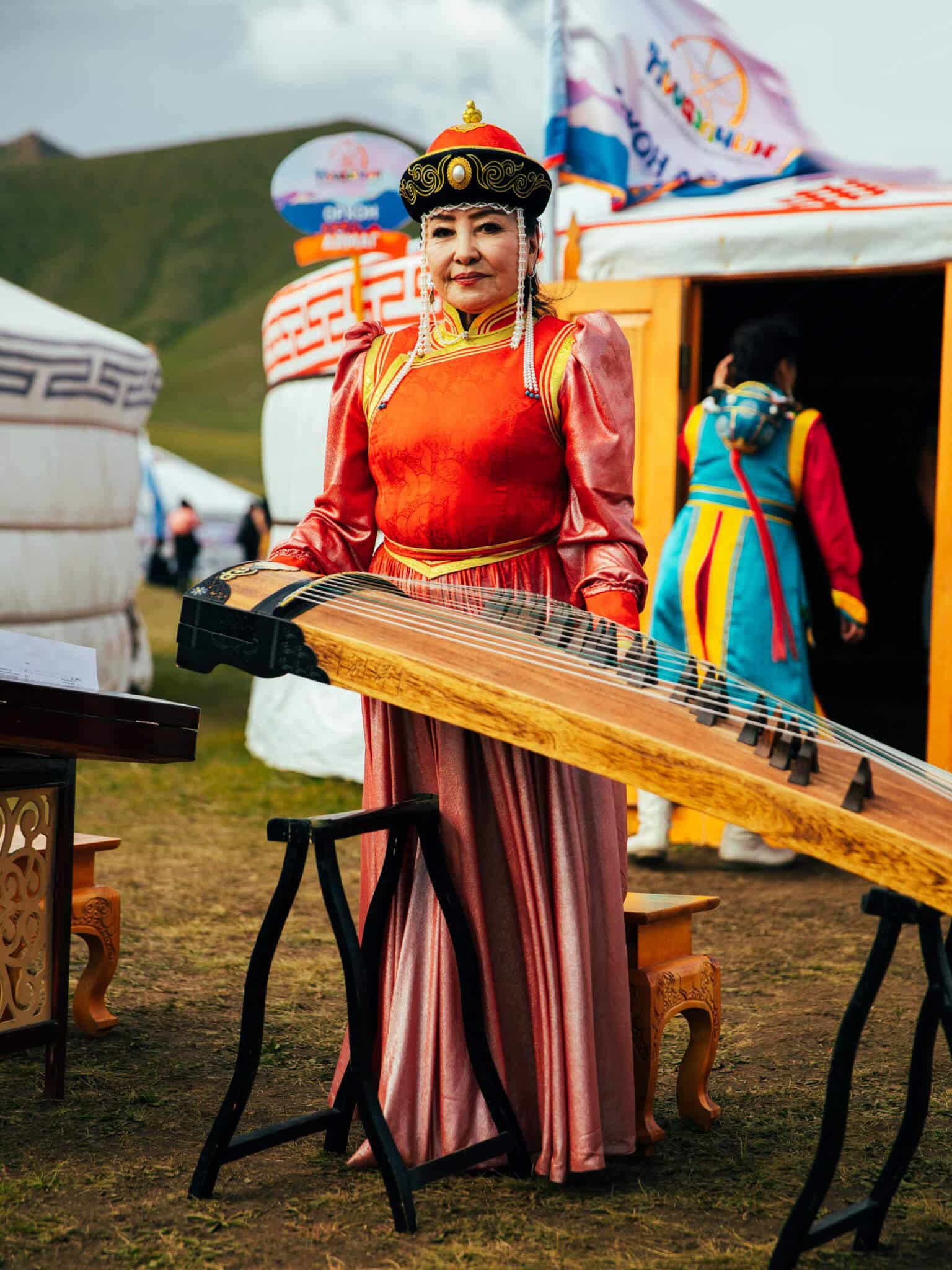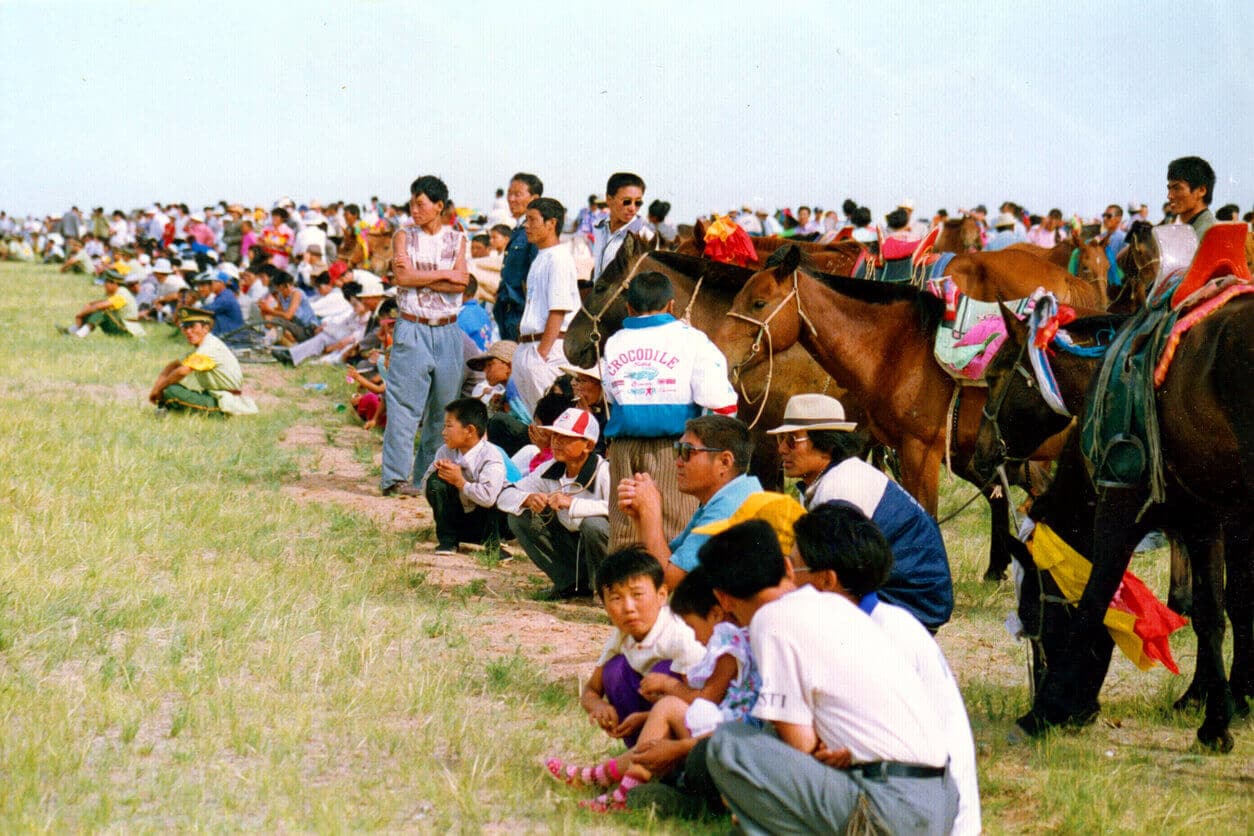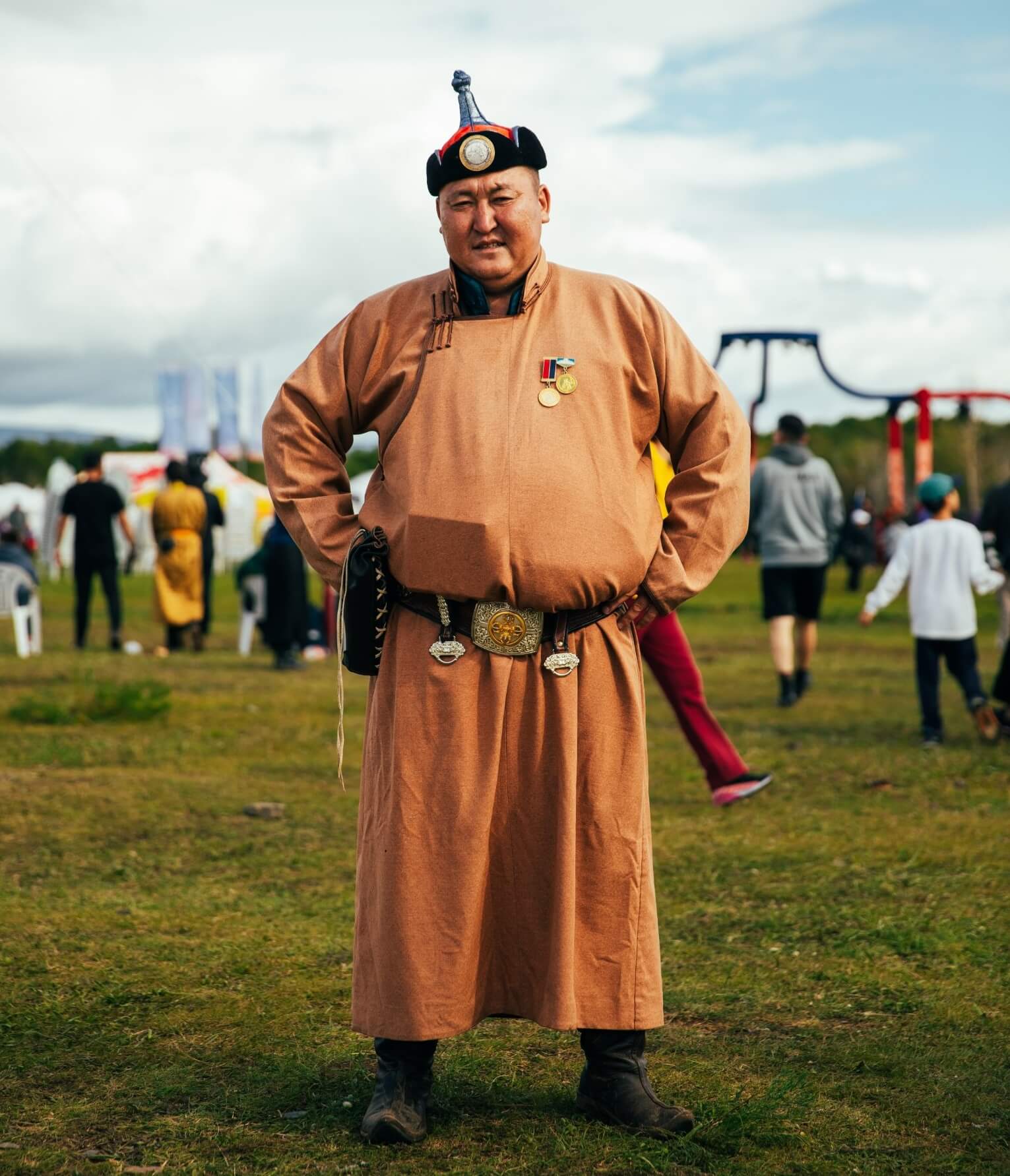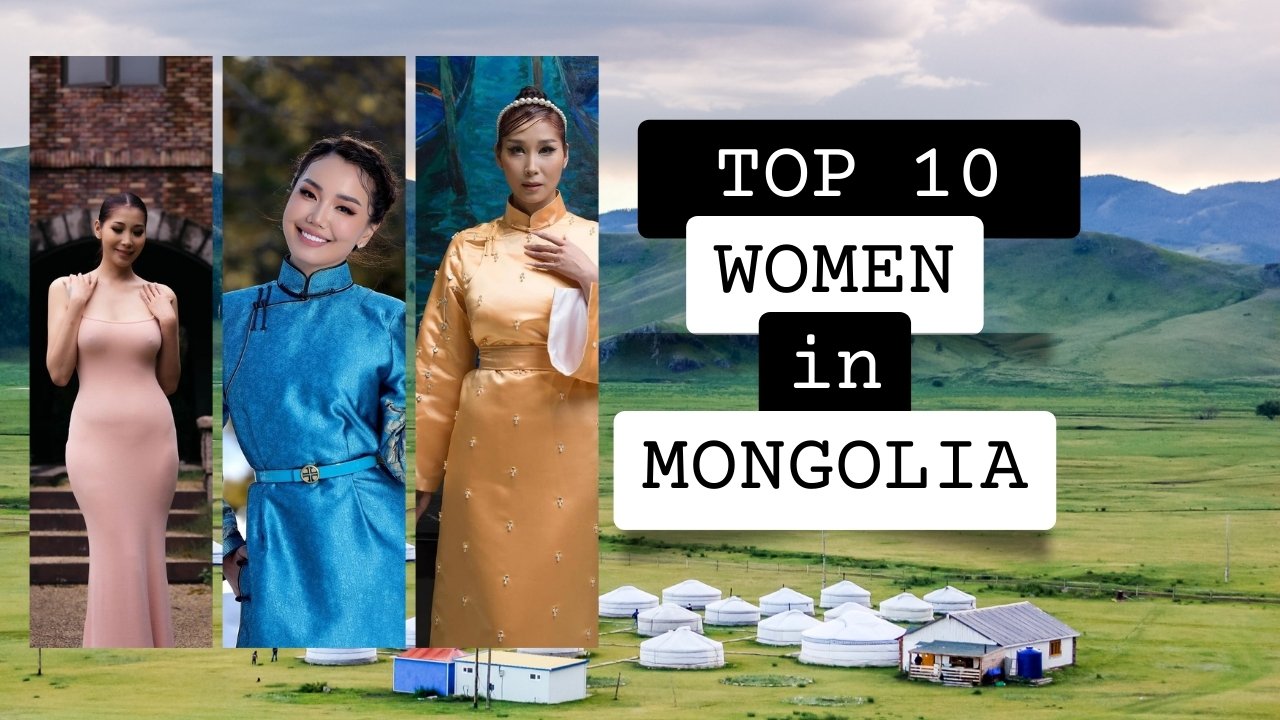The rich fabric of Mongolian Buryat culture is not just a tradition but a vibrant, deeply rooted living entity. It has evolved, thrived, and blossomed, all thanks to the indomitable spirit and resilience embodied by the Buryat people.
Their primary homeland is the Buryatia Republic of Russia, though they have left indelible traces of their heritage in parts of Mongolia and China.

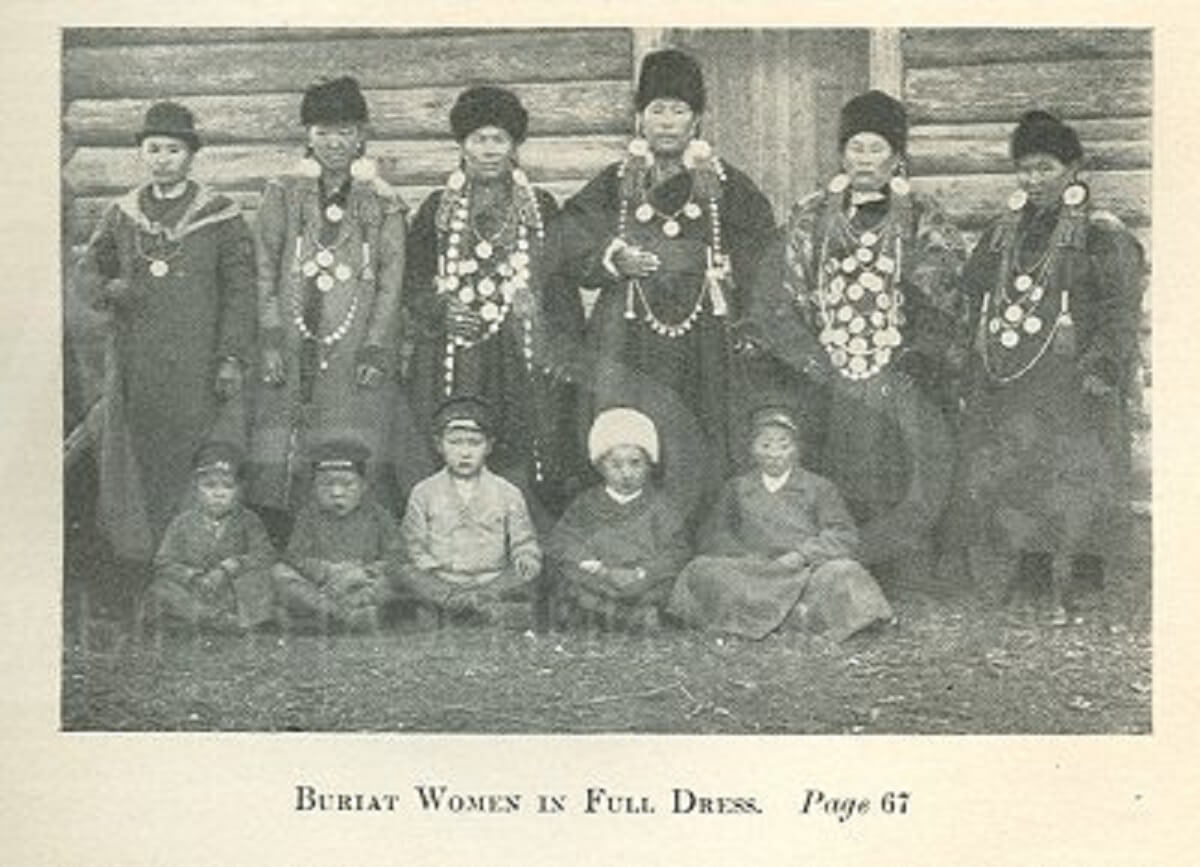
Mongolian Buryat Language:
The Buryat people predominantly speak the Buryat language, which belongs to the Mongolic language family. Their language boasts its own script, stemming from the Cyrillic alphabet, although some communities hold on to traditional scripts like the Classical Mongolian script.
The Buryat language holds a central place in preserving their culture, with dedicated efforts focused on its teaching in schools and its continued use in everyday life.
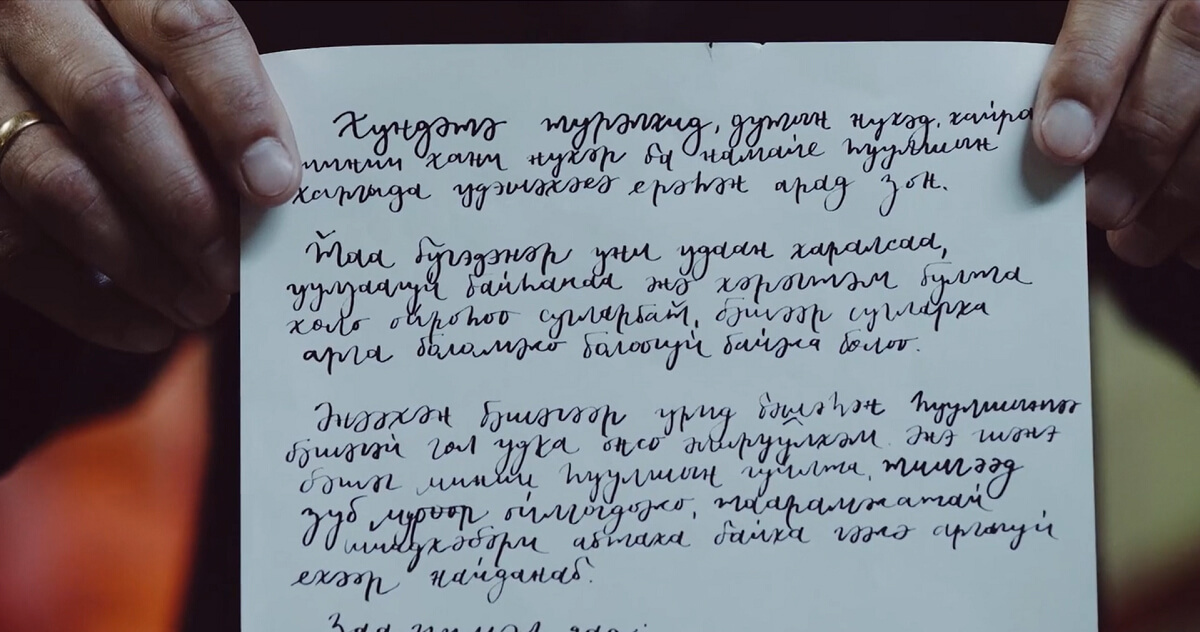
Nomadic Heritage:
Much like their Mongolian counterparts, the Buryat people have a deep-seated nomadic heritage.
The quintessential dwelling of the Buryats is the yurt, known as “ger” in Mongolian, a portable, circular tent crafted from felt and wooden frames.
This nomadic lifestyle is intimately tied to their spiritual beliefs and is celebrated through various cultural practices.

Shamanism and Buddhism:
The spiritual landscape of Buryat culture is a unique blend of shamanism and Buddhism.
Shamanism, the indigenous belief system of the Buryat people, revolves around communication with spirits and ancestors.
Despite the influence of Buddhism introduced by the Mongols and later by Russian authorities, shamanistic practices continue to hold a significant place in the Buryat way of life.
It has become not just an integral part but a cherished way of life for them. Monasteries and Buddhist temples, referred to as “Datsans,” are scattered throughout the Buryatia Republic and serve as centers for religious and cultural activities.
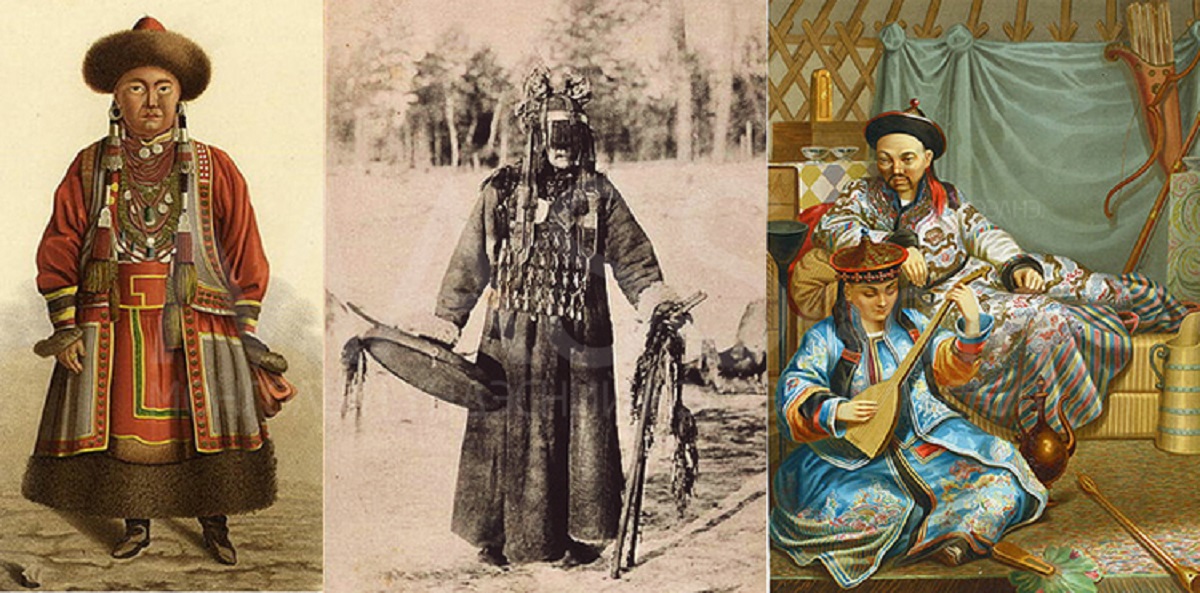
Traditional Clothing:
Buryat traditional clothing reflects their nomadic lifestyle and is designed with practicality and comfort in mind. Traditional clothing frequently comprises thick, warm garments fashioned from sheepskin and felt, a necessity to endure the unforgiving Siberian winters.
These clothing pieces are adorned with meticulously crafted embroidery and exquisite beadwork, serving as a proud showcase of the artistic talents possessed by Buryat women.
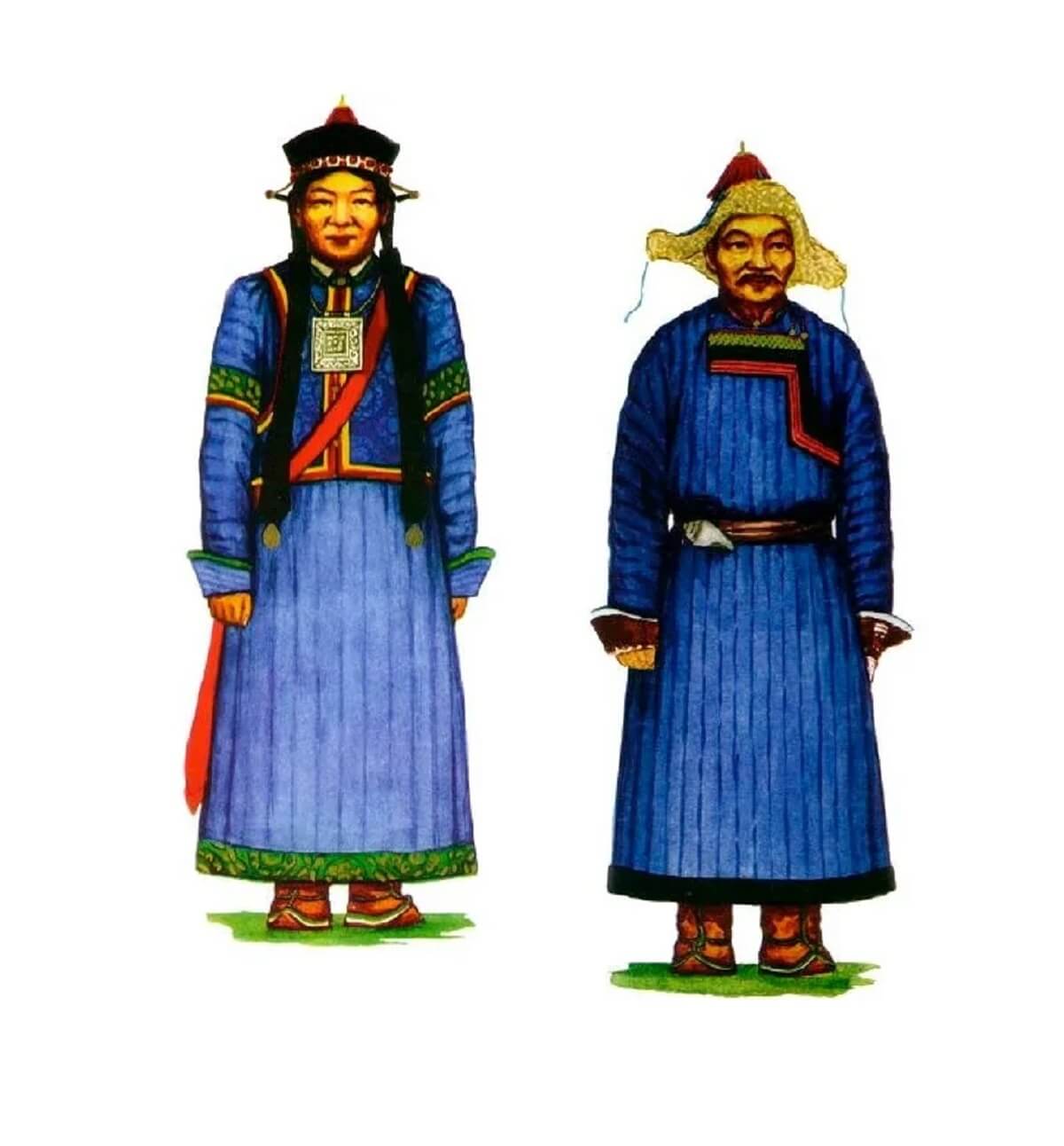
Cuisine:
Buryat cuisine is a reflection of their nomadic heritage and the resources available in their region. Dairy products, which encompass fermented mare’s milk (airag) and a variety of cheeses, play a significant role in their dietary preferences.
Meat, particularly mutton and beef, is a staple and is often prepared in hearty dishes such as buuza (dumplings) and khorkhog (a slow-cooked meat stew).

Music and Dance:
Traditional Buryat music and dance are vibrant expressions of their culture. Buryat music features distinctive throat singing, known as “khöömei” or “kargyraa,” producing haunting, harmonic melodies.
Traditional instruments, including the horsehead fiddle (morin khuur) and various percussion instruments, accompany these vocals.
In Buryat dances, you often find vibrant depictions of scenes from nomadic life, characterized by graceful movements and the flamboyant, colorful costumes worn by the performers.
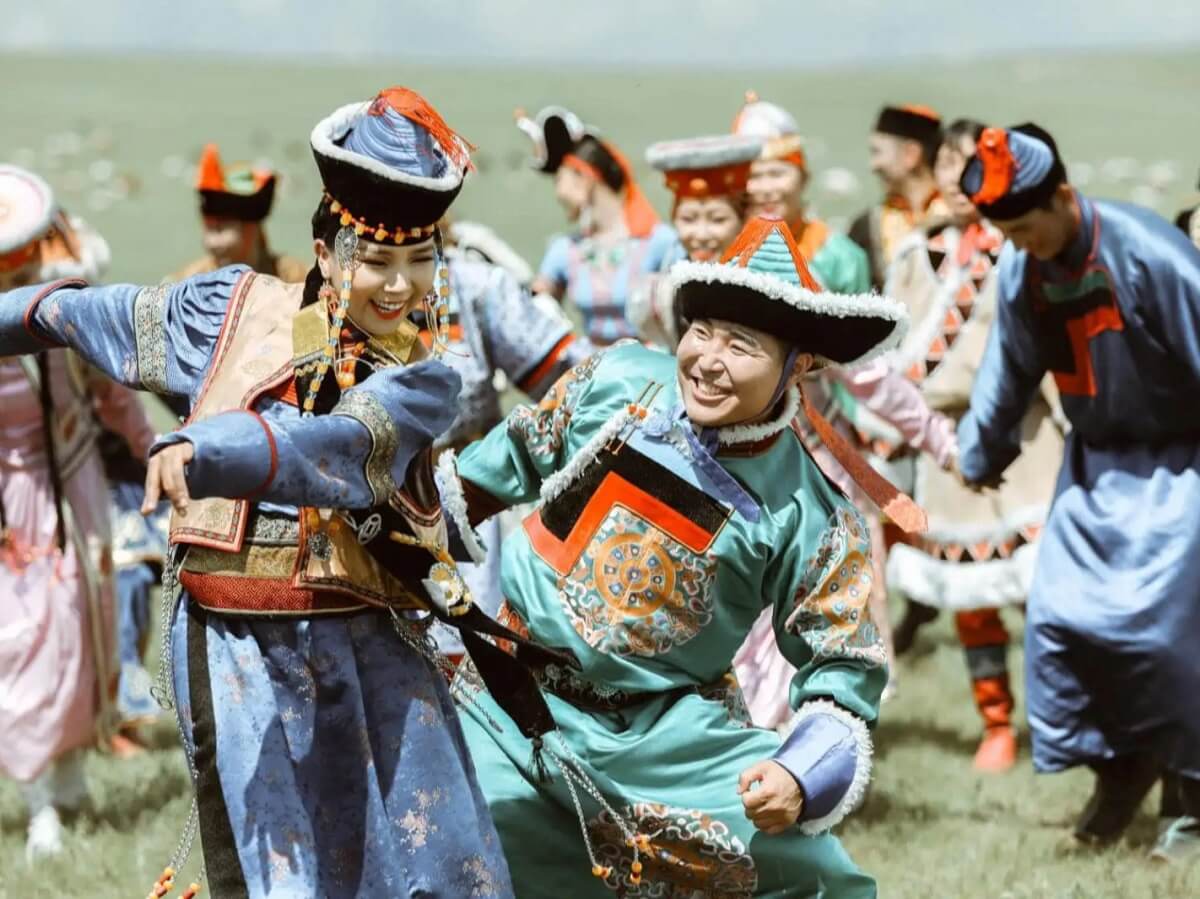
Festivals and Celebrations:
Buryat culture is marked by numerous festivals and celebrations that highlight their unique traditions. The Naadam Festival, a Mongolian cultural event celebrated in Buryatia, features the “Three Manly Games” of wrestling, horse racing, and archery.
Furthermore, it’s essential to emphasize that throughout the calendar year, a rich tapestry of both Buddhist festivals and shamanistic rituals unfolds.
As our exploration of Mongolian Buryat culture comes to an end, we’ve revealed a captivating tapestry intricately woven with the threads of nomadic heritage, profound spirituality, and artistic expression.
The harmonious blend of shamanism and Buddhism, intricately woven with vibrant traditions in music, dance, and cuisine, authentically defines the Buryat culture as a unique and culturally significant facet of the Mongolian landscape.
Amidst the formidable challenges of modernization, the unwavering commitment of the Buryat people to preserve their cultural heritage for future generations shines brightly.




